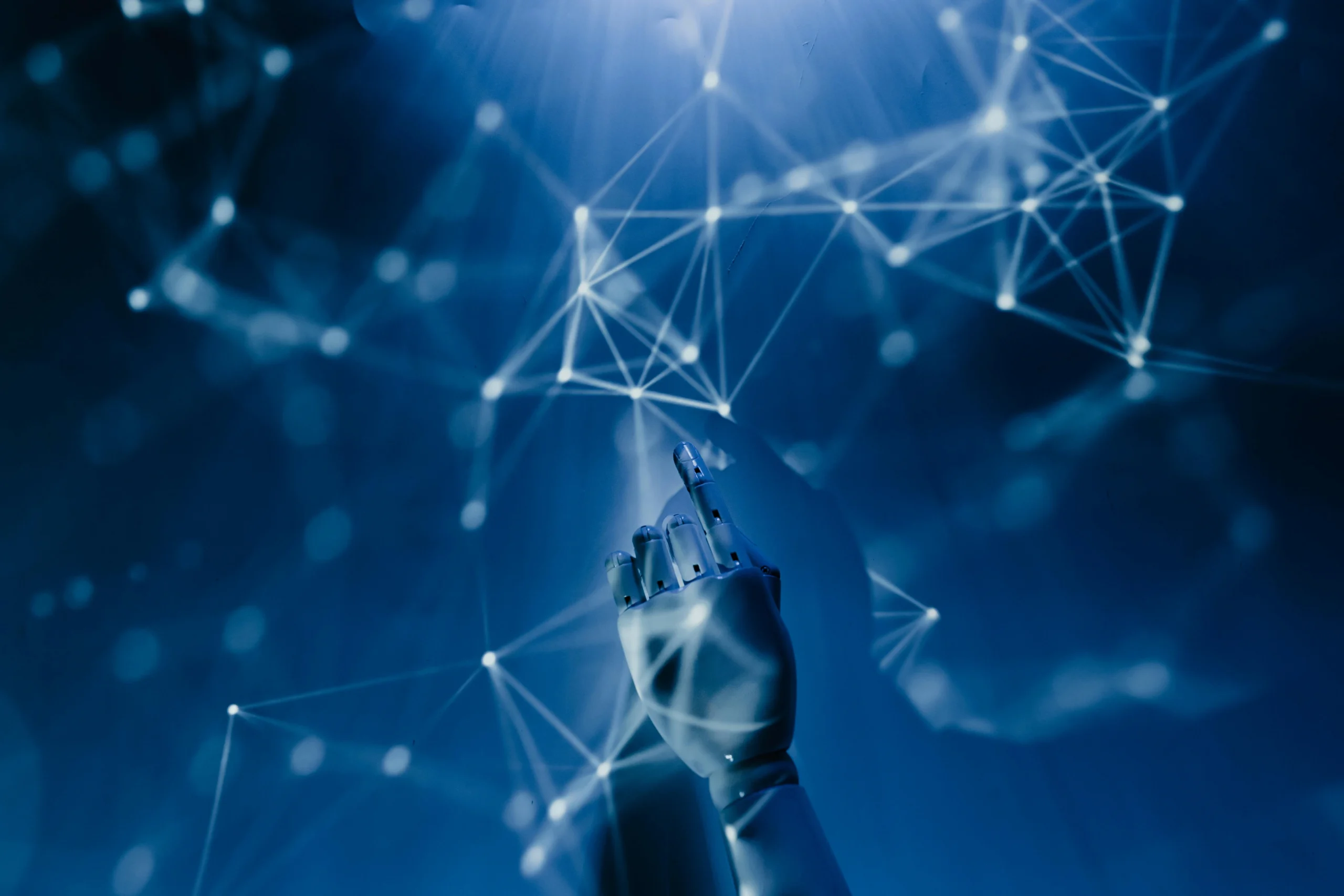Aging clocks represent a breakthrough in the understanding of biological age versus chronological age, highlighting that a person’s physical state can differ significantly from their age in years. These clocks utilize epigenetic markers, particularly DNA methylation, to estimate a person’s biological condition and disease risk, paving the way for potential anti-aging treatments. However, the field faces challenges in accuracy and the adequacy of existing clocks in clinical settings.
The evolving nature of aging clocks, including the introduction of models like the GrimAge clock, illustrates the potential for personalized medicine based on biological age. Despite their promise, significant debate persists about the true measure of aging and the devices’ predictive power. Critics warn against the commercialization of these clocks in ways that may lead to consumer misunderstanding and unscrupulous marketing of unproven treatments, often labeling these practices as akin to snake-oil salesmanship.
Recent research underscores the importance of understanding the biological mechanisms behind aging, with studies demonstrating that the concept of aging may be malleable. Experiments have shown that connected younger and older mice can experience biological age changes, hinting at the possibility of rejuvenating the aging process. As scientists continue to unravel the complexities of aging clocks, the hope for practical applications in extending healthy lifespans remains an active area of research.
👉 Pročitaj original: MIT Technology Review







